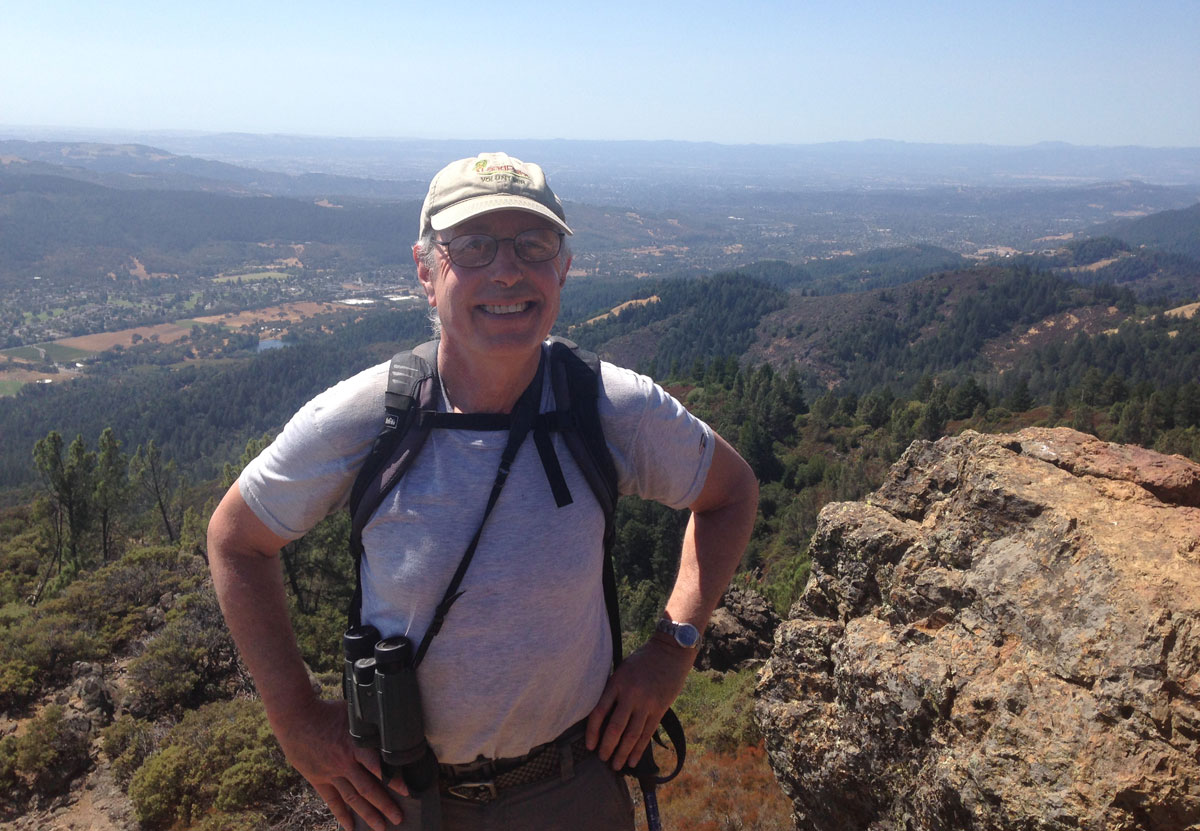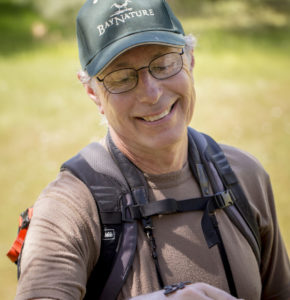It was about 4 p.m. on Sunday, October 20, 1991, and I had joined a small crowd standing on a street corner in south Berkeley, looking up the hill at orange flames and white-gray smoke billowing from the ridge to the east. It was the early stages of the Tunnel Fire, the devastating firestorm that claimed 25 lives and destroyed more than 3,000 homes in the Oakland hills before it was brought under control three days later.
The fire had erupted around 11 a.m. from the embers of a grass fire that firefighters thought had been extinguished the night before. I was at home in north Berkeley that morning, already feeling vaguely restless due to the hot dry Diablo winds bringing super-heated air over the hills from the Central Valley. It was these winds that took a small grass fire and whipped it into the conflagration that eventually caused over $1.5 billion in damage.
Unaware of the fire starting a few miles to the south, I thought I’d try to settle down by taking a peaceful walk in Tilden Regional Park. But it was even hotter and windier up in the hills and when my companion and I started smelling smoke, we knew we’d better head home. I still recall the uncomfortable prickly sensation on the back of my neck as we drove back down the hill, wondering where the fire was and where it was headed. I’d never experienced a wildfire so close to where I live.
Of course, wildfire is a fact of life here in California, exacerbated this year by the prolonged drought. As I write, the massive Soberanes Fire in Monterey County is still burning, only partially contained six weeks after it started. And to the north in Lake County, the smaller but more destructive Clayton Fire is finally under control, but only after devastating the town of Lower Lake and leaving several hundred people homeless.
In general, the California landscape is meant to burn. As we’ve detailed in our coverage of the 1995 Vision Fire at Point Reyes and the Morgan Fire on Mount Diablo in 2013, wildfire can push a reset button on a natural landscape and renew the suite of native species that have evolved to coexist with fire. But human structures have not evolved with fire, so there’s a problem when blazes occur at the wildland-urban interface. And that problem is made worse when part of the “wildland” at that interface consists of plantations of eucalyptus trees. These Australian imports have several characteristics that make them especially dangerous in a fire, particularly their easily shed bark, which can help turn a small fire into an inferno, as happened in the Oakland hills. As we discuss in this issue, marking the 25th anniversary of the Tunnel Fire, the question of eucs and their flammability remains a highly charged one.
I started out loving eucalyptus: When I first came to the Bay Area in the early 1970s, it was one of the few trees I could recognize, and I loved the smell. I didn’t realize that it’s a nonnative that has displaced native grasslands, woodlands, and coastal scrub, generally reducing biodiversity where it grows. Now I do. So count me as someone who’s just fine with taking out eucs to reduce fire danger. But not everyone agrees with me. Read our story in this issue on eucalyptus and fire and see what you think. And beware the Diablo winds of October.





-300x225.jpg)